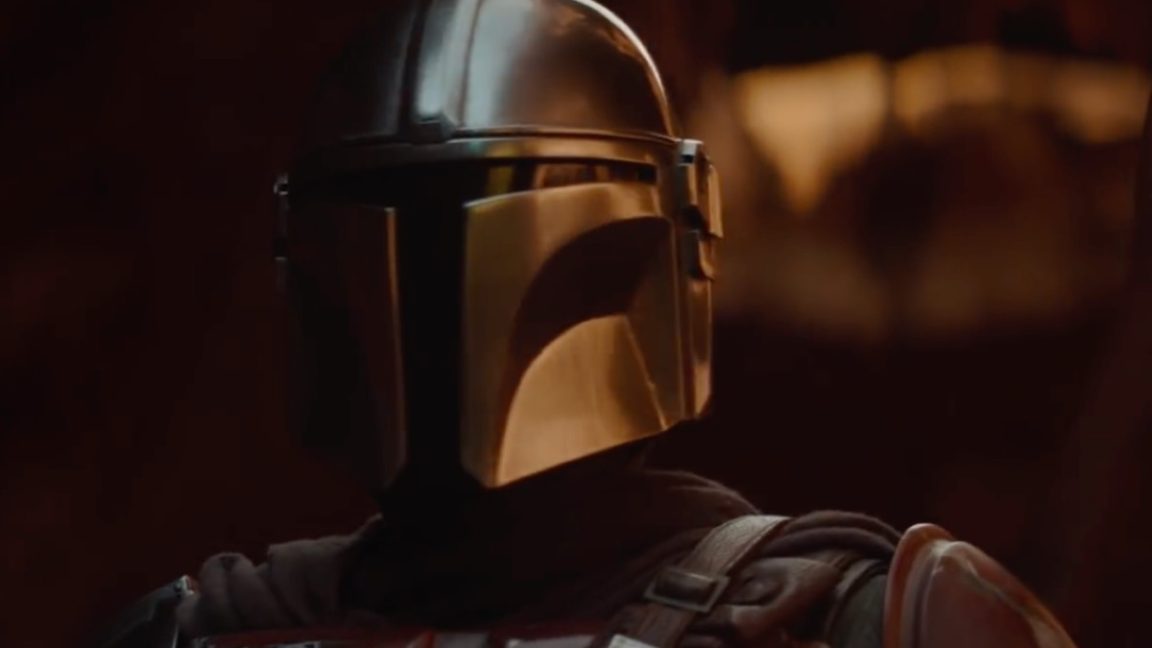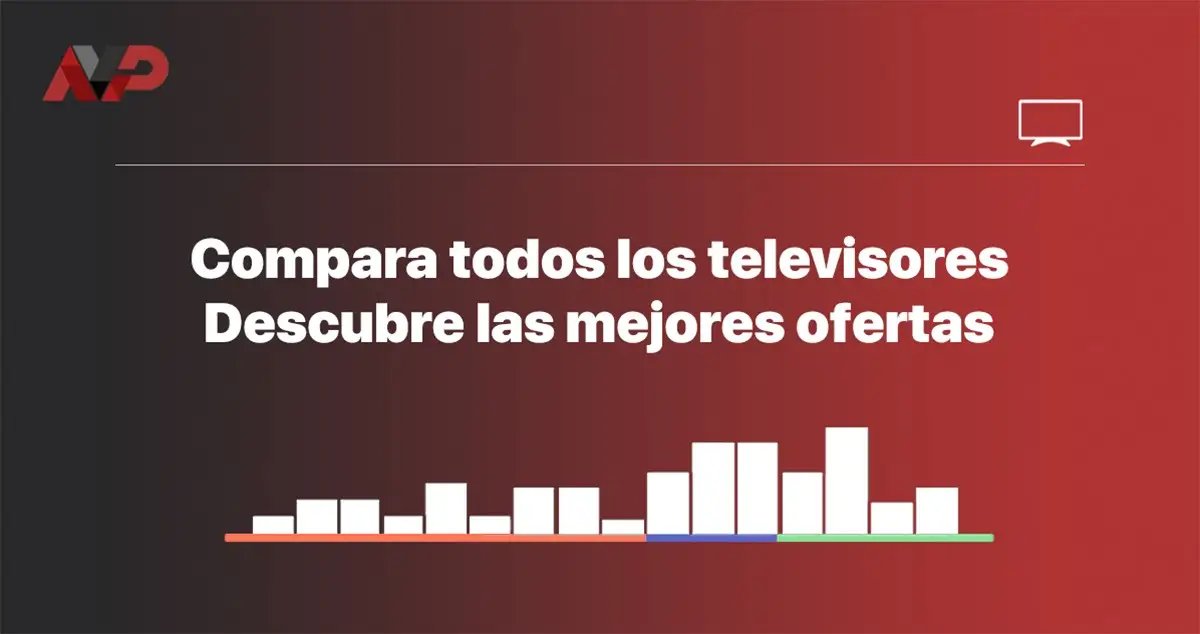calibrador
Miembro 8K
- Registrado
- 6 Septiembre 2018
- Ubicación
- Valencia o Denia
ConnecTEDDD, reputado calibrador y autor de un extraordinario disco de calibración, además de reconocido colaborador de lightspace, CalMan y Chromapure, ha puesto en jaque y en seria tela de juicio la efectividad de la calibración para HDR en un post demoledor donde aborda y cuestiona varios aspectos importantes que harían infructuosa y cuestionable la eficacia de la calibración para HDR.

 www.avsforum.com
www.avsforum.com
Más tarde en otro momento lo traduciré para una mejor comprensión de lo que la expone.

Spears & Munsil UHD HDR Benchmark Disc - Discussion
My post will disappoint a lot who have entered to HDR calibration marathon, trying to calibrate for HDR with any possible way, the fact that we are all limited from the big problem appear from REC.2020 YCbCr encoding. Its impossible to watch any HDR content as its mastered, even if you buy the a Sony BMV-X300 to your home, the same monitor a an HDR movie has been mastered, you know why? ....because colorist do the grading in uncompressed RGB but later once the movie will be encoded to YCbCr, there issue with REC20202 YCbCr compressing which will add errors between 3.2 to 6.3 dE 2000 range! So if you look the same movie to 2x Sony BVM-X300 mastering monitor, one will play the RGB version and the other the disk version from OPPO for example, they will not look the same. Stacey, have you performed that test with your reference source material? ...as you can have access for such kind of tests? to compare uncompressed version of Montage vs. the disk Montage content? So starting from that fact, you will never see an HDR movie as its been mastered. The problem is so large and there still no complete solution, BTW with SDR YCbCr REC.709 i didn't had such problem. Even the Sony BVX-300 monitors (50K$) they use for the most HDR/DV mastering has ABL, as it can do about 1100 nits window and 170 nits full field white, just industry ignore that detail (while the specs for Grade 1 monitor say that the mastering monitor should not have any form or power limiting / ABL circuit enabled and should display the same nits to any size of window.), just whole industry is ingoring that detail as it was not available since the arrival of dual-lcd Sony/FSI other display for HDR mastering to buy, as Dolby can only loan the very limited in number Dolby Pulsar monitors. You can't perform color grading of a movie well when the display has ABL limiters and thermal issues, like the Sony which enabling protection and reduce peak when it will reach some specific temperature the sensors it has to protect panel/electronics. The same is required during playback, all OLED's are super unstable during playback of HDR10 content, even with same APL, you can have +-200 nits difference over the time. So the whole HDR calibration concept is lucking hen its coming to color accuracy, with current display tech to consumer market. + add to all these problems the color volume issues of OLED in HDR mode due to w-subpixel, + the tone mapping which alter the artistic intent as it will deviate from standard of PQ-EOTF tracking...(as post-production monitors just clip, not tone-map) To watch a movie as its been mastered, any display should not have any kind of tone mapping, all these should be disabled if you want to watch a movie as its mastered. (if they fix the problem with compression first) Dolby Vision (disk releases) second stream layer of 1080p (which is now is YCbCr 4:2:0 now.....YCbCr 4:2:2 in the future) .... that DV layer basically is just the difference between 10bit and 12bit...so the playback device use the 2 layers (+ dynamic metadata) to combine and create a 12-bit signal as Dolby has found that to avoiding banding in the PQ transfer functions you need 11 bits when you are using YCbCr sub-sampling, so with 12bit signal at the end it will have better gradation. So even DV releases at disk are affected from YCbCr REC.2020 compression problem. Dolby comes to reduce the encoding errors with ICtCp, To have a complete ICtCp, they have to be release in market disks only with DV version of the movie, which I found very difficult because it will sell only a few compared to HDR10/DV release. (a lot of companies have exit disk player market, like OPPO, Samsung) According to Dolby ICtCp is better, but there experiments where they have found weaknesses also, the group called ''Joint Collaborative Team on Video Coding (JCTVC)'' has performed some testing comparing non constant or constant luminance YCbCr vs. ICtCp, as YCbCr has better coverage of pure colors close to edge of the 2020 gamut (Reference: Joint Collaborative Team on Video Coding (JCTVC-X0051) - ICtCp colour representation - Observations & Findings), so ICtCp is not clearly better to all areas. With streaming of DV, sure it's encoded using ICtCp because it's native DV delivery format, they have no reason to deliver with YCbCr.
https://www.smpte.org/sites/default/...ce_Pytlarz.pdf
So out of gamut colors as Vincent talking to his video have introduced after the encoding, as when you map P3 inside 2020 container, all colors should be inside P3 colorspace only, before the YCbCr encoding.
Más tarde en otro momento lo traduciré para una mejor comprensión de lo que la expone.
Última edición:


